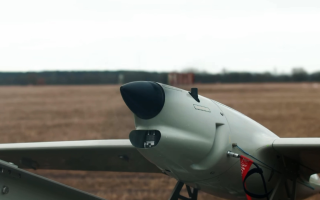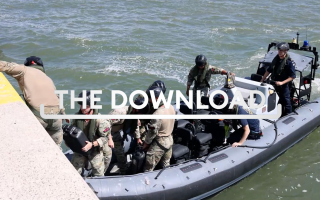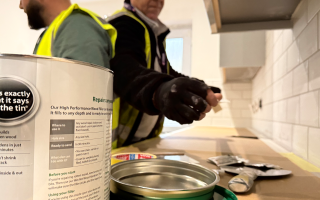
NATO Calls On Taliban To Join Ceasefire

NATO’s 29 defence ministers have travelled to the alliance’s new headquarters in Brussels for a two-day meeting.
Although Afghanistan was on Friday’s agenda, the announcement by Afghan President Ashraf Ghani of an unconditional ceasefire with the Taliban brought discussions on the country forward.
NATO currently has around 16,000 troops in Afghanistan, the majority (8,475) from the US, while 650 are from the UK.
However, 3,000 trainers and more funding will be sent as NATO steps up its support for the country.
NATO’s Secretary General Jens Stoltenburg welcomed the ceasefire announcement. He said: "The message and the purpose of NATO's presence is that Taliban will not win on the battlefield.
“The only way for them to achieve a solution is to sit down at the negotiating table...
"I call on the Taliban to join the ceasefire and to lay down their arms and to engage in a constructive dialogue to find a peaceful negotiated solution."
The UK’s Defence Secretary, Gavin Williamson, was one of the first ministers to arrive at the new HQ.
He announced the Royal Air Force will deploy to Iceland and Estonia in 2019 as part of NATO Air Policing.
What else was on today's agenda?
The ‘Four 30s’
Ministers agreed to NATO's Readiness Initiative - the 'Four Thirties’, which will be ready by 2020.
Known as '30-30-30-30', the plan requires NATO to have 30 land battalions, 30 air fighter squadrons and 30 ships ready to deploy within 30 days or less of being put on alert.
When asked about the UK's involvement in this plan, Mr Williamson said we would be a vital contributor but so far no numbers have been agreed.
Defence spending
All NATO allies have stopped cutting defence and started spending. More allies are spending 2% GDP on defence and the majority now plan to do so by 2024.
Today, Mr Stoltenberg announced that European allies and Canada are expected to deliver a 3.8% increase in spending in 2018.
The increase means those counties have spent an extra 87 billion dollars on defence since 2014.
Allies have also committed to investing 20% of their defence spending on major equipment, with 15 allies meeting the guideline this year.
NATO Command Structure
NATO’s Command Structure is being adapted. Today, ministers agreed to an increase in personnel numbers by 1,200 and to two new bases.
A new Joint Force Command for the Atlantic will be based in Virginia, United States, and a new Enabling Command will be based in Ulm, Germany.

Cybersecurity
Mr Stoltenberg said progress had been made in cyber defence and cyber operations were a central part of the new command structure.
Ministers have decided to set up a cyber operations centre as part of the new command structure and agreed to a framework for the integration of sovereign cyber effects into Alliance operations and missions.
Mr Stoltenberg stressed the boost to cyber "supports NATO's overall deterrence and defence because all crises today have a cyber dimension." He added:
"We must be as effective in cyber space as we are on land, at sea and in the air."
More to come...
Mr Stoltenberg stressed that the decisions ministers have taken today pave the way for a successful summit in July, with more investment, more equitable burden sharing and strengthened defence posture.
On Friday, defence ministers will meet with High Representative of the EU Federica Mogherini and counterparts from Finland and Sweden to discuss NATO-EU cooperation - a key theme for next month’s summit in Brussels.
Afghanistan is again on the agenda with more troops and extension of funding for the Afghan forces to 2024 expected to be agreed.









